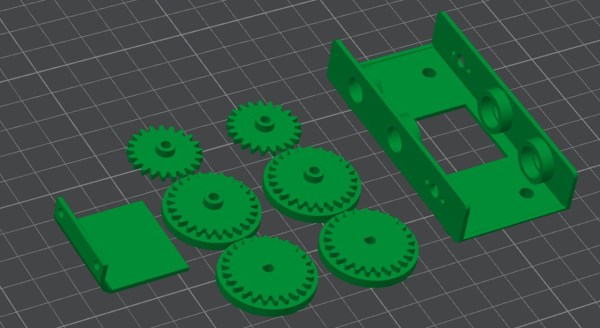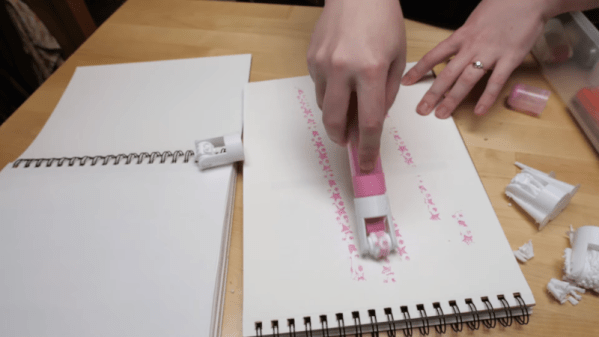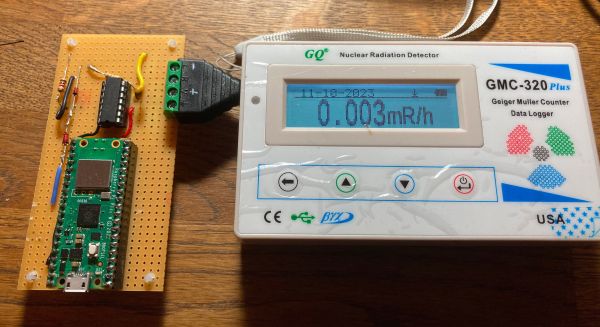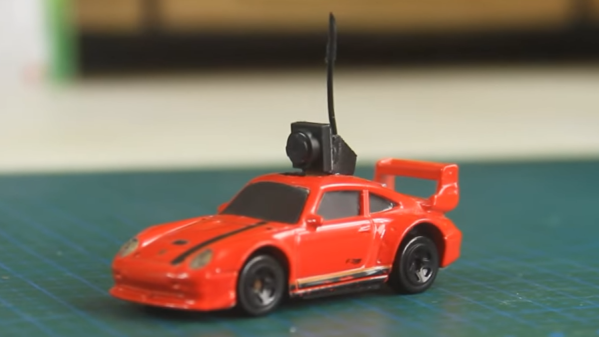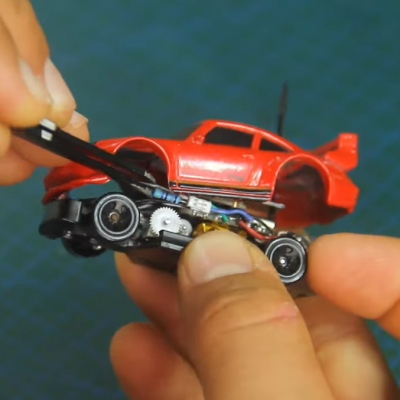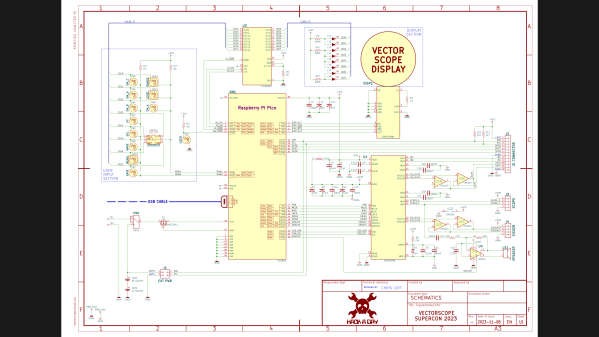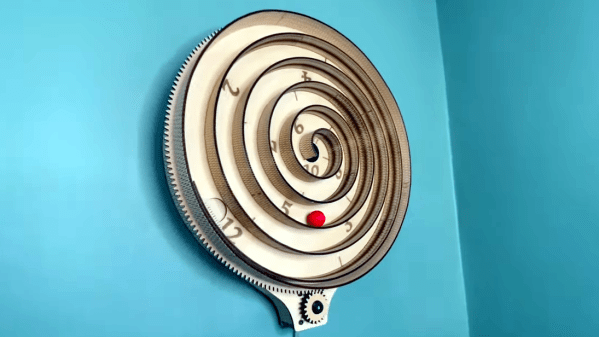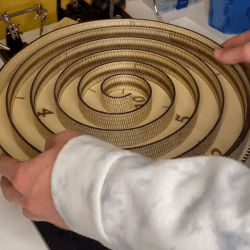We’ve seen plenty of first-person view (FPV) robots built using the Raspberry Pi Zero, but this one from [Shane] has an interesting twist: rather than directly driving the wheels from big motors, it uses small motors and gearboxes to drive the wheels, with some of the gears being 3D printed.
[Shane] has posted the full details of this cute little robot, complete with 3D models, code, and plans for the PCB that connects the Zero to the motors. These motors are N20 ones, which are much smaller and cheaper than what we usually see used in these projects, and run faster. They also often come with a gearbox that reduces the speed to something a bit more useful. Each motor drives the two wheels on one side through a 3D printed gear for tank-style steering.
To run the whole thing off a single LiPo battery, [Shane] also designed his own Pi Hat that converted the voltage to 5 V and added a couple of H bridge chips for the motors. It is a cute little build, but the requirement for a custom Pi hat perhaps puts it beyond most beginners, who might be interested in a cheap, straightforward build like this. Does anybody have any alternatives?
Continue reading “Pi Zero FPV Robot Uses Tiny Motor & Gears”

